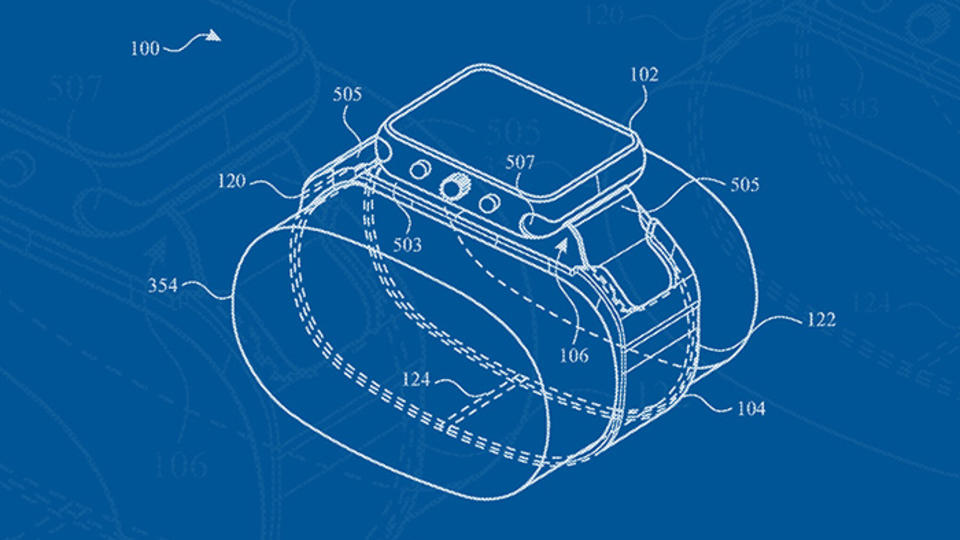
Not Throwing Away My Shot
How Data From Two-Round Election Systems Can Help Candidates Target Their Campaigns
Based on research by Wagner Kamakura
How Data From Two-Round Election Systems Can Help Candidates Target Their Campaigns
- In two-phase elections, voter-choice models can help politicians strategize for an election’s final round.
- Political consultants and candidates in these systems should scrutinize data on the voting behavior observed in the first round of elections.
- First-round voter data can help candidates better deploy their campaign resources for the runoff.
Not all democracies are created equal. In most democratic countries, dozens of political candidates tussle for government posts at election time. But when it’s time to choose a head of state, the majority of elections are a two-round process: a main election with many contenders, followed by a runoff between the first-round winner and runner-up. Of the 109 countries that hold elections for head of state, 71 have a two-round election system.
Yet scholars have spent little time studying these elections, Rice Business professor Wagner A. Kamakura discovered. Unlike in U.S.-style elections, where polls taken moments before or after an individual vote can only reflect intentions, which don’t always correspond with what someone really does, two-round elections offer a chance to analyze actual voting data. The value of these numbers is more than academic: Using data gleaned from the first round of voting, Kamakura shows how a candidate can shape strategy in a runoff.
To learn more about the two-round election process, Kamakura studied voter-choice models based on the past four presidential elections in Brazil, the most populous country to have a two-tier system. He focused on four major lines of inquiry that could offer practical insight:
- Studying elections in which second-round candidates held respectively strong and weak positions.
- Determining the impact of swing voters, those who supported eliminated candidates, during a runoff.
- Identifying the best investments for the runoff campaign in order to sway swing voters.
- Combining first round results with other polling data to create simulations predicting the final outcome, conditional on the last polling results.
Opinion polls, Kamakura found, are potentially misleading, because voters don’t always say what they’ll do or do what they say. Because of their limited sampling numbers, pollsters can’t gather detailed information at the regional or district levels, even though, as is often said, “all politics is local.”
Data pulled from Brazil’s electoral first-rounds were more thorough. During the 2014 presidential election, Kamakura writes, Brazilians chose from 11 candidates during the first round of voting. Some variables remained unpredictable in the final contest, such as the effect of attacks by an eliminated candidate against a surviving candidate, or whether eliminated candidates would form alliances with one of the runoff’s still-viable contenders.
Nevertheless, Kamakura found, in two-election systems, the final campaigns could rely more on gathered in each electoral district than they could on the mere intentions reflected in opinion polls. Knowing what voters actually did in a first round — that is, their real behavior — rather than just what they told a pollster they were going to do, was crucial. In Brazil, these true voter data were available for each of the country’s 6,266 districts, providing a mother lode of intelligence that helped campaigns deploy their resources with regionally-focused precision.
However, this wealth of data comes with a strong caveat — actual voting data is not available for individual voters, but only at the district level to protect voters’ privacy. Estimating individual political preferences using the district-level data requires a sophisticated voter-choice model, which is Kamakura’s main contribution. This attempt to draw individual-level inferences from aggregate data is a relatively new field known as symbolic data analysis.
Beyond providing a baseline of reliable data, Kamakura writes, studying voter choice can produce micro (that is, district)-level policy simulations for an election’s second round. While voter-intention polls and opinion surveys may offer useful insights at the national level, Kamakura argues, candidates in countries with a two-round election system need to study the local findings to better target their campaigns. Politicians and campaign managers can spend a fortune on opinion polls, which, as Kamakura points out, are well known to be biased. The risk is that they may get distracted by voters’ stated intentions and overlook their actual, true voting behavior at the micro-level.
Using information from the initial election, he writes, candidates and their advisors need to study how voters who supported an eliminated candidate now perceive the surviving candidates. Those swing voters, Kamakura notes, will determine the final outcome — it’s unlikely that a first-round supporter of one of the surviving candidates will switch to the other on the final vote, although some might do so for strategic reasons.
No one can really get into a voter’s mind. What Kamakura’s research does, however, is show that in two-stage elections, actual voting data from the first stage can yield important district-level details, something that is not technically and economically feasible with voting-intention polls. Candidates lucky enough to land in a runoff can — and should — use this data to quickly reshape their second-round campaigns for a better shot at the top.
Wagner A. Kamakura is the Jesse H. Jones Professor of Marketing at Jones Graduate School of Business at Rice University.
To learn more, please see: Kamakura, W. A. (2016). Using voter-choice modeling to plan the final campaign in runoff elections. Revista de Administração Conteporânea, 20(6), 753-776.
Never Miss A Story


